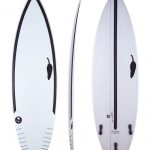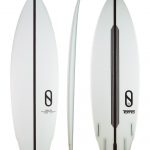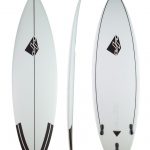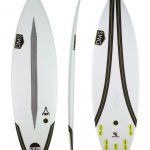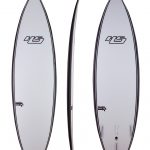Board Tech Test 2016
When did buying a new surfboard become so difficult? With words like Tri-flex, FutureFlex, parabolic rails, carbon wraps and a bunch of acronyms that sound like a strain of sexually transmitted diseases, it seems like you need a degree in astrophysics just to understand what you are buying.
But love ’em or hate ’em, these new technologies are more than just a flash in the pan, and are actually here to help you get the most out of your surfing experience – and isn’t that something we all want?
So, rather than cower and hide from the fear of the unknown, we decided to embrace it in the form of a board test designed to help you demystify this brave new world of surfboard construction so you can make an informed choice. Using five distinctly different technologies available in the market today, and a test pilot who certainly knows his way around a surfboard, we bring to you the Surfing Life Tech Test.
Our Test pilot
Name: Taj Burrow
Age: 38
Hometown: Yallingup, WA
Height: 5’9” (175cm)
Weight: 72kg
Taj’s Regular Boards
Dimensions: 5’9 1/2 x 18.32 x 2.25
Volume: 25 Litres
Here’s what you need to know about EPS and PU
All five boards in this test are built with EPS and epoxy resin. EPS stands for Expanded Polystyrene foam, which is a lighter and, according to some, more environmentally friendly form of foam than the traditional polyurethane (PU). Epoxy resin is the only resin that can be used on EPS boards, and is considered both stronger and more flexible than the standard polystyrene resin (PE).Despite being available since the 1970s, EPS/epoxy boards became popular following the closure of Clark Foam (the USA’s leading supplier of PU foam) in 2005. Fearing that PU foam would soon become extinct, many shapers began looking into alternatives, with EPS being the obvious option.Since then, shapers have incorporated the EPS core into a range of new technologies. This doesn’t mean PU is an inferior core. Both have their pros and cons.
Let’s talk about flex, baby!
Perhaps the key goal behind all these new technologies is to control the flex of the board. Have you ever wondered what your board is doing beneath your feet each time you bottom turn or whip into a cutback? It’s bending out of shape to fit with the shape of the wave. Once you shift your body weight out of the turn and into the next, the board will flex back to its original shape and provide you with a nice little boost. The better the flex, the more you notice the board bending. However, too much flex can cause the board to lose speed, especially in the bigger conditions.
Different cores, shapes, stringer placements and surf conditions will result in different amounts of flex, with shapers still experimenting with the perfect balance to get the best results out of their boards.



